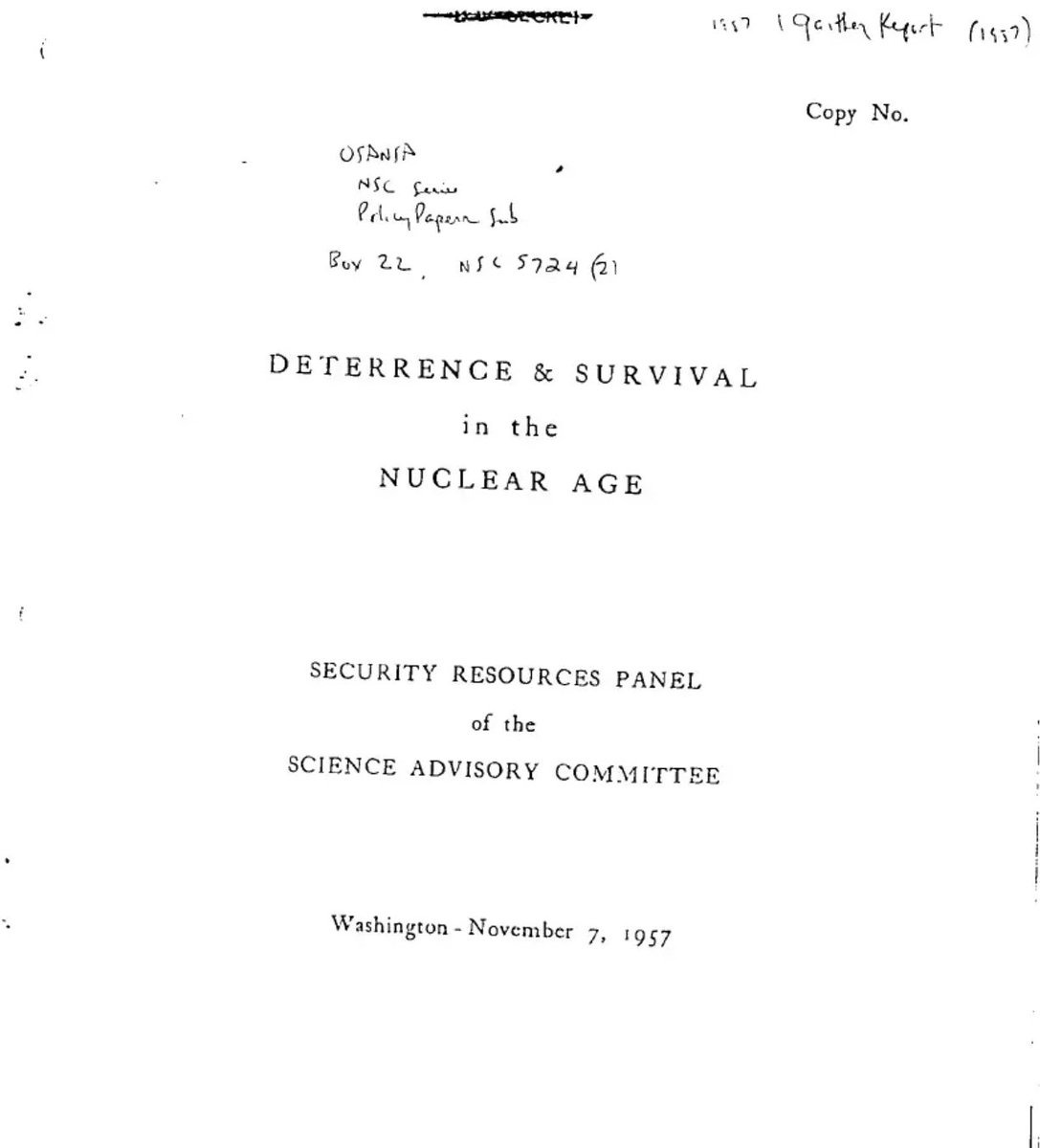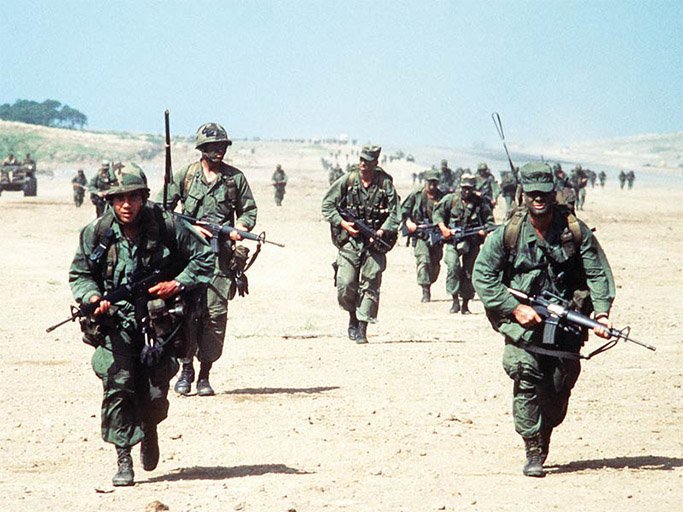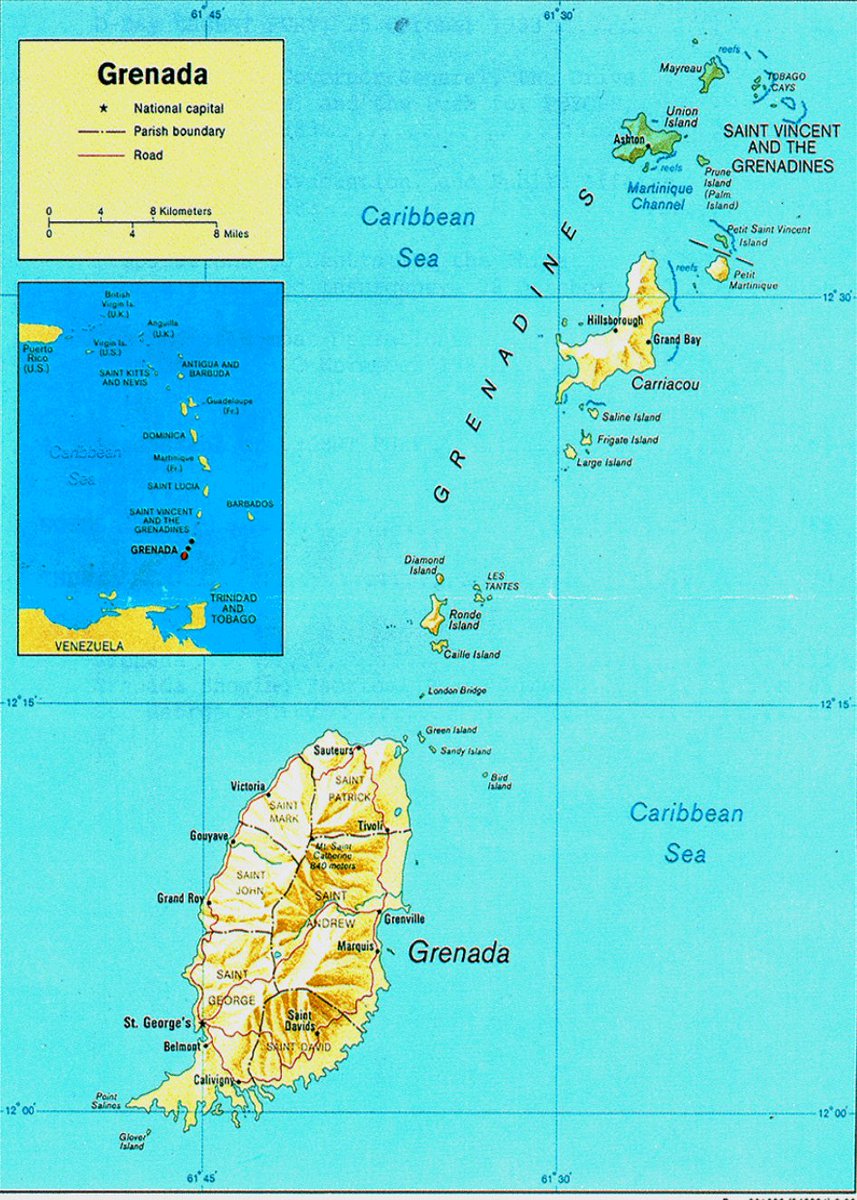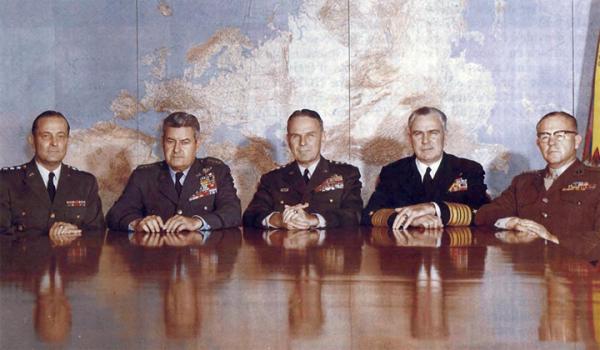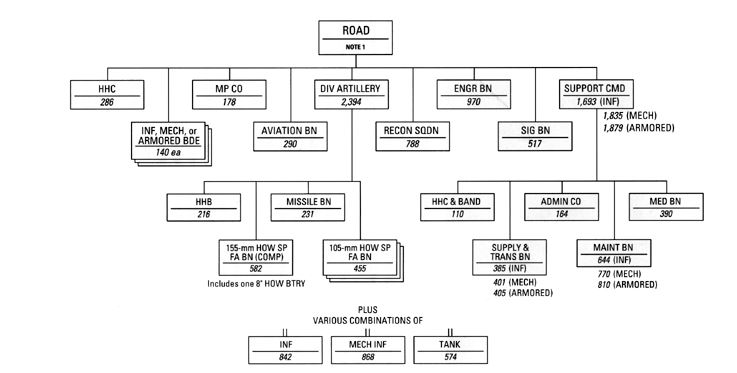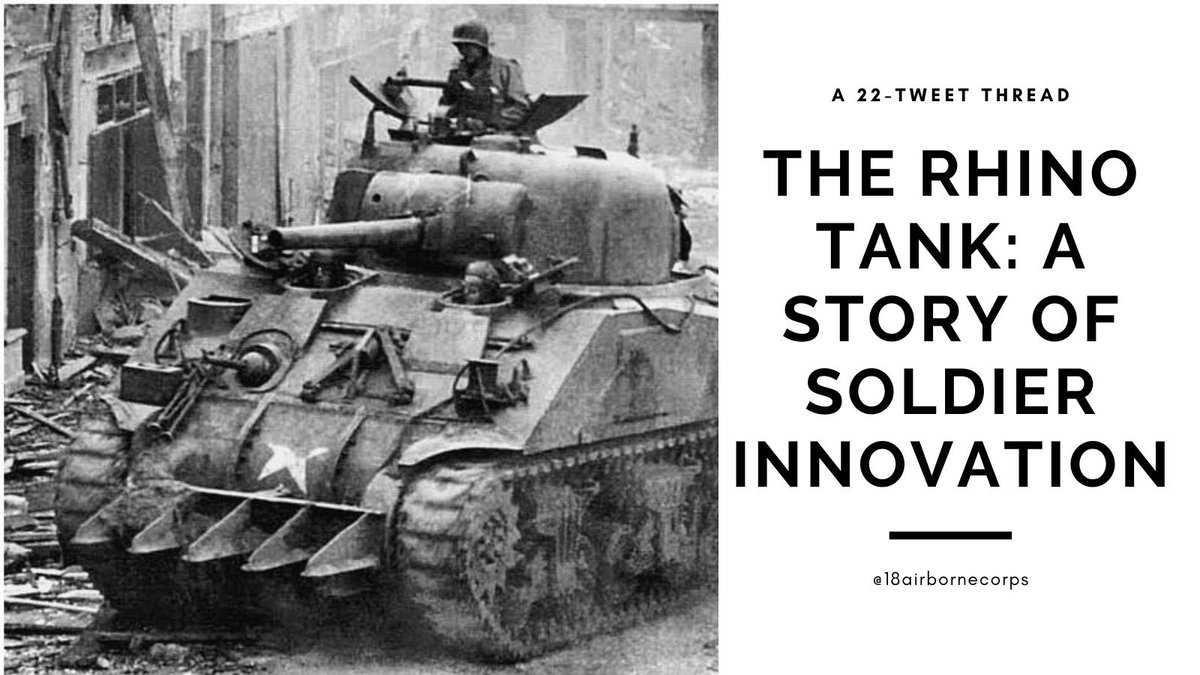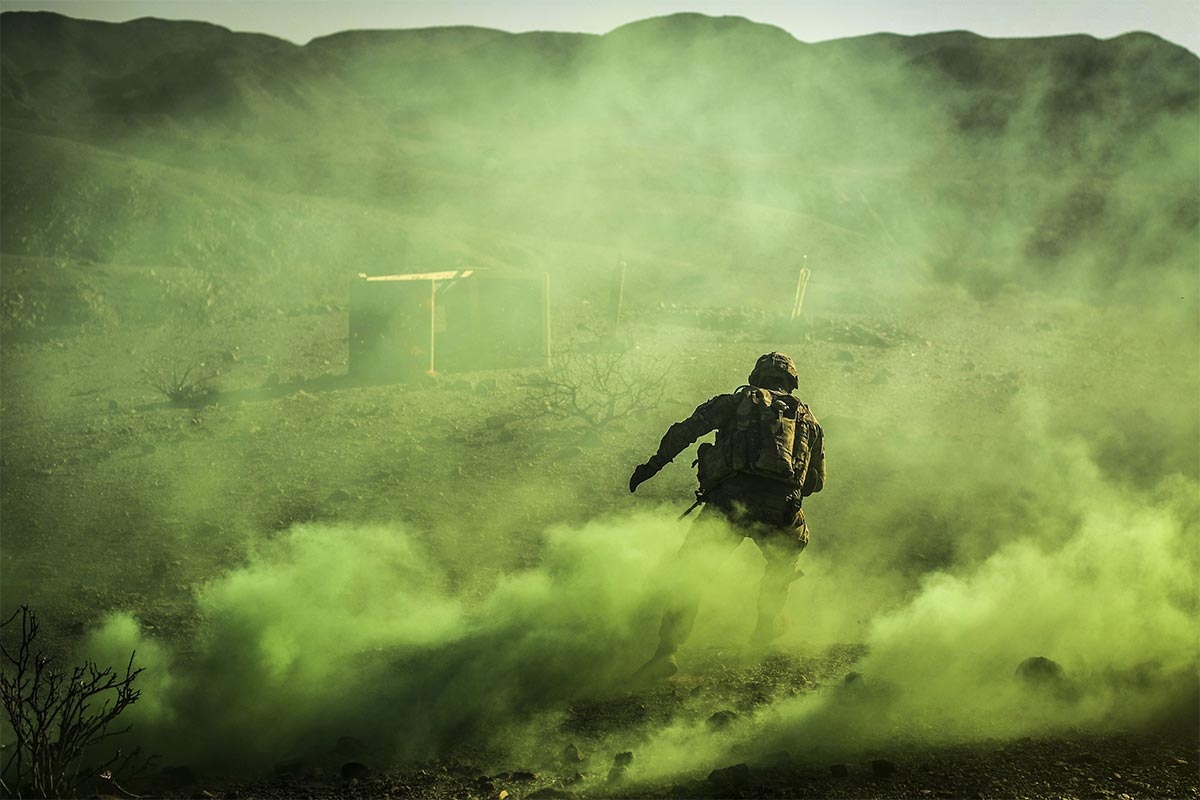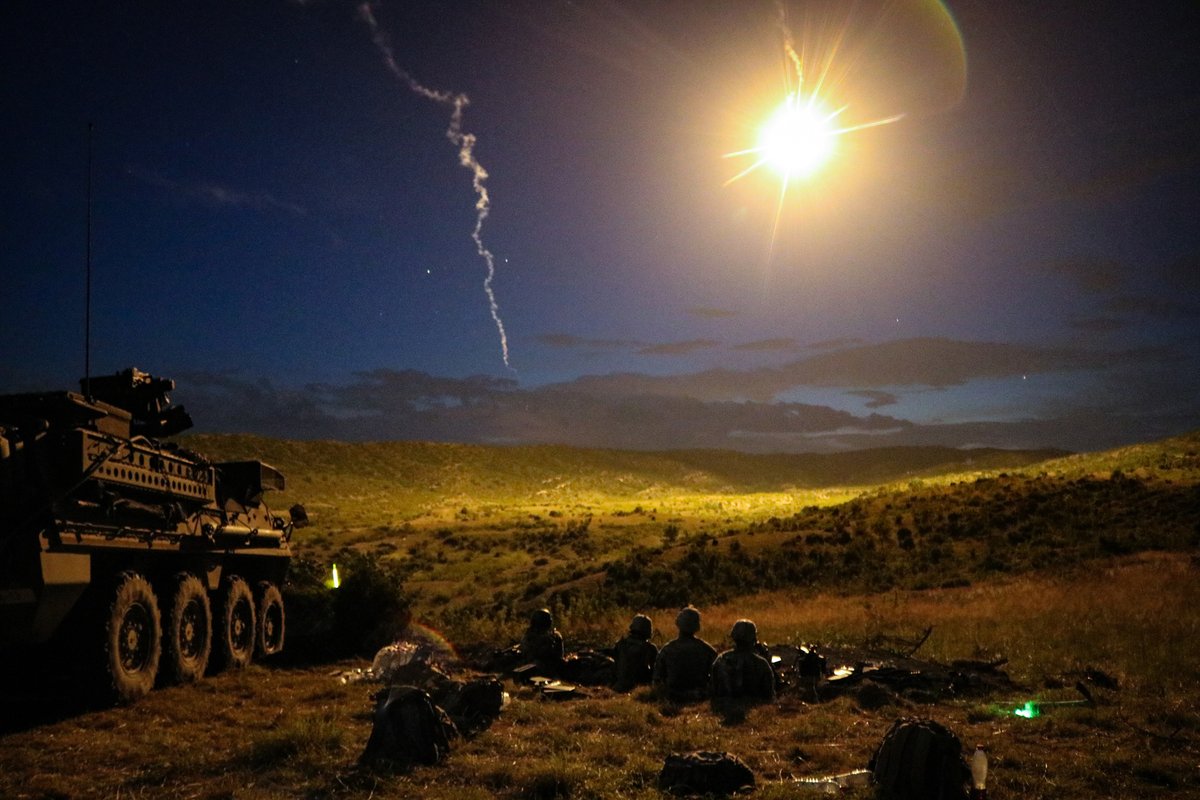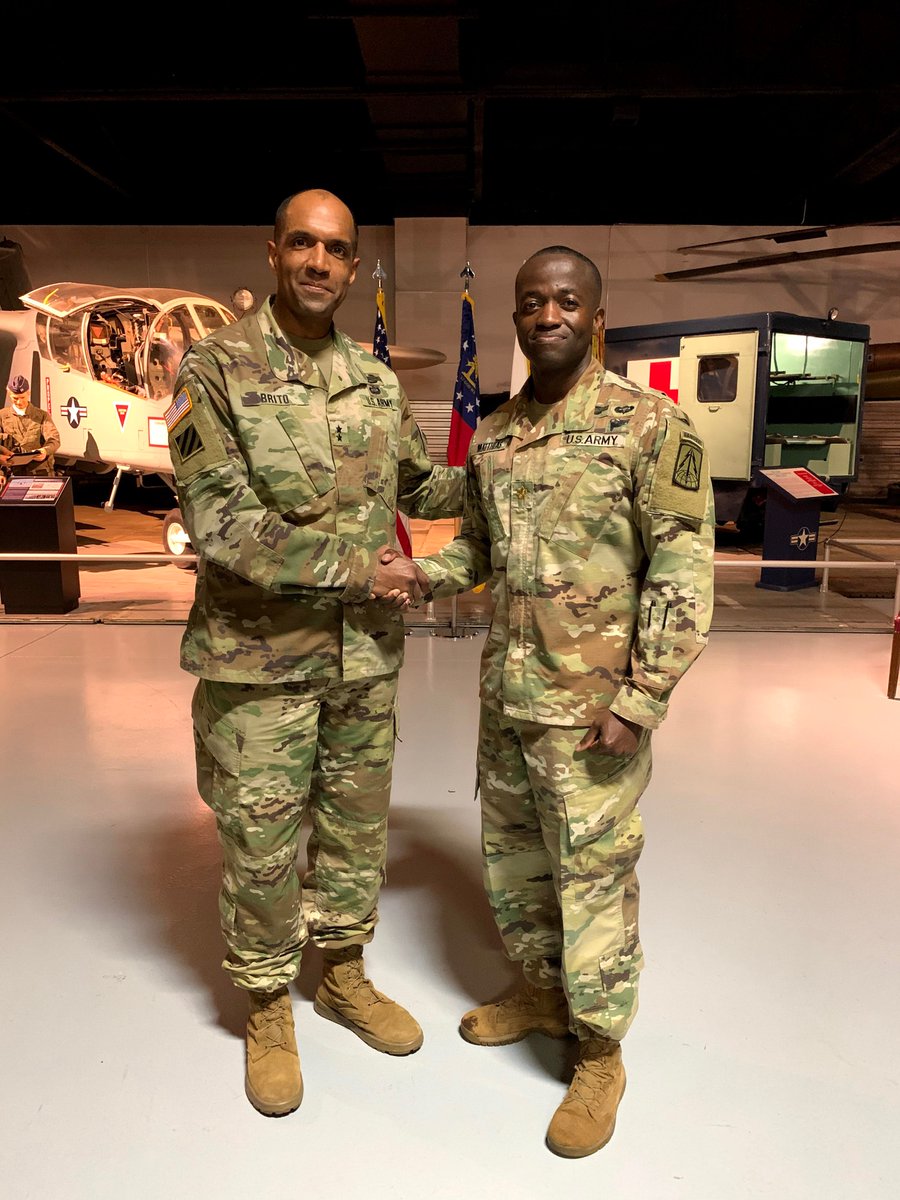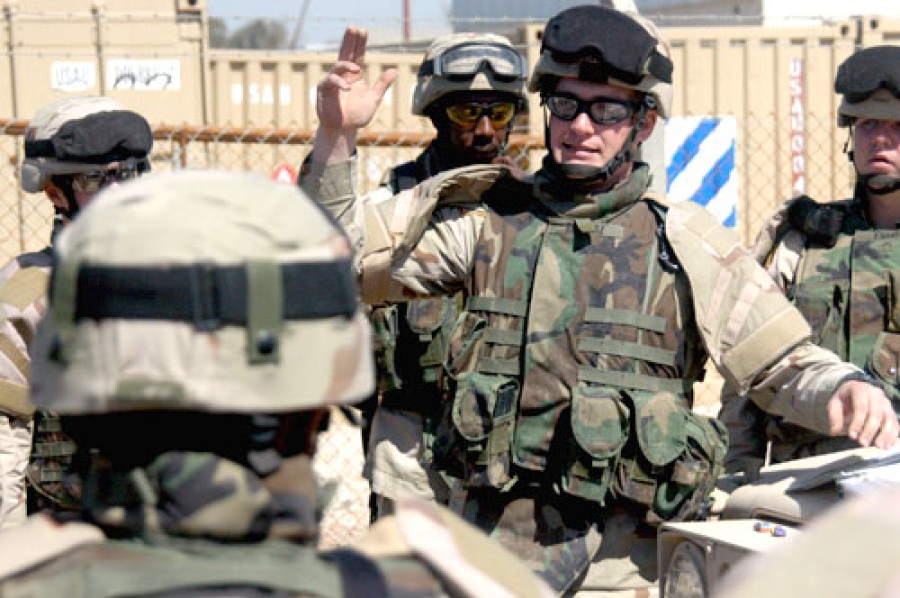
1 of 12:
On November 7, 1918, in the early afternoon, a rapid succession of fevered emotion exploded across the country: euphoria was followed by confusion, confusion followed by anger, anger followed by sorrow.
Today is the 102nd anniversary of the False Armistice.
On November 7, 1918, in the early afternoon, a rapid succession of fevered emotion exploded across the country: euphoria was followed by confusion, confusion followed by anger, anger followed by sorrow.
Today is the 102nd anniversary of the False Armistice.
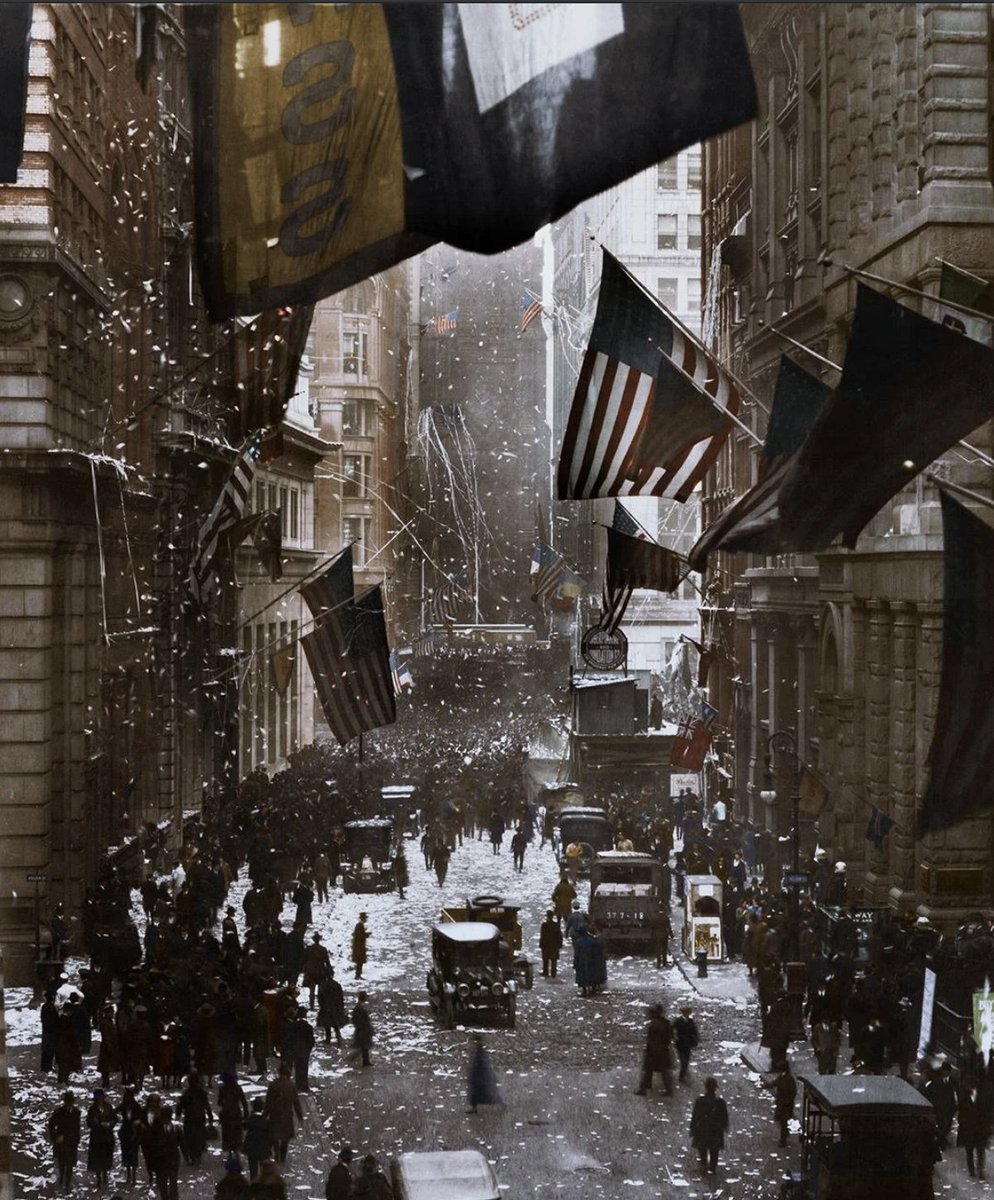
2 of 12:
At 11:59 AM Eastern, a cablegram from the port of Brest on the Brittany coast of France from this guy, Roy Howard, the president of United Press [sent just before 4:30 pm French time], reaches the NY United Press office.
The message: Germany surrendered. WWI is over.
At 11:59 AM Eastern, a cablegram from the port of Brest on the Brittany coast of France from this guy, Roy Howard, the president of United Press [sent just before 4:30 pm French time], reaches the NY United Press office.
The message: Germany surrendered. WWI is over.
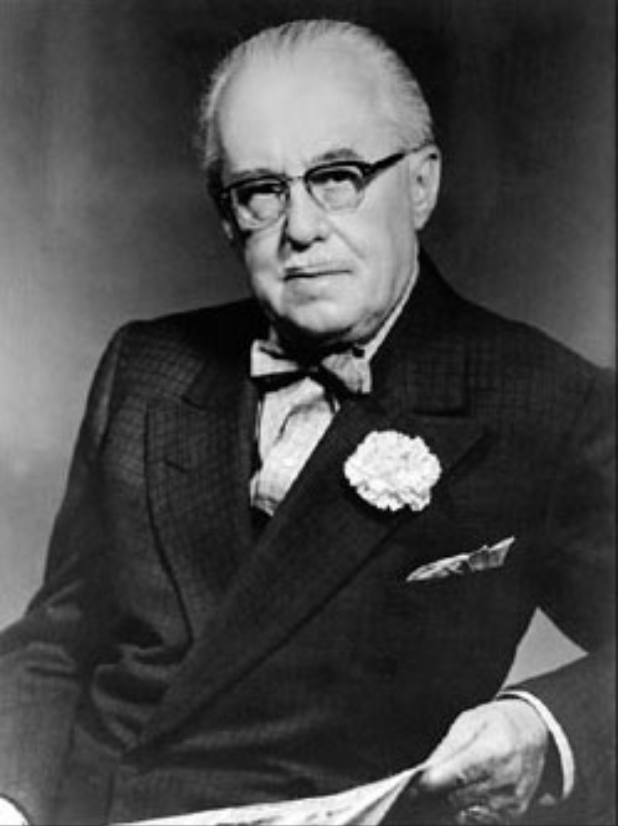
3 of 12:
Within an hour, the message races throughout NYC.
Hundreds of newspapers subscribe to the United Press. Editors of these paper print out the end of war announcement as fast as they can.
Within an hour, the message races throughout NYC.
Hundreds of newspapers subscribe to the United Press. Editors of these paper print out the end of war announcement as fast as they can.
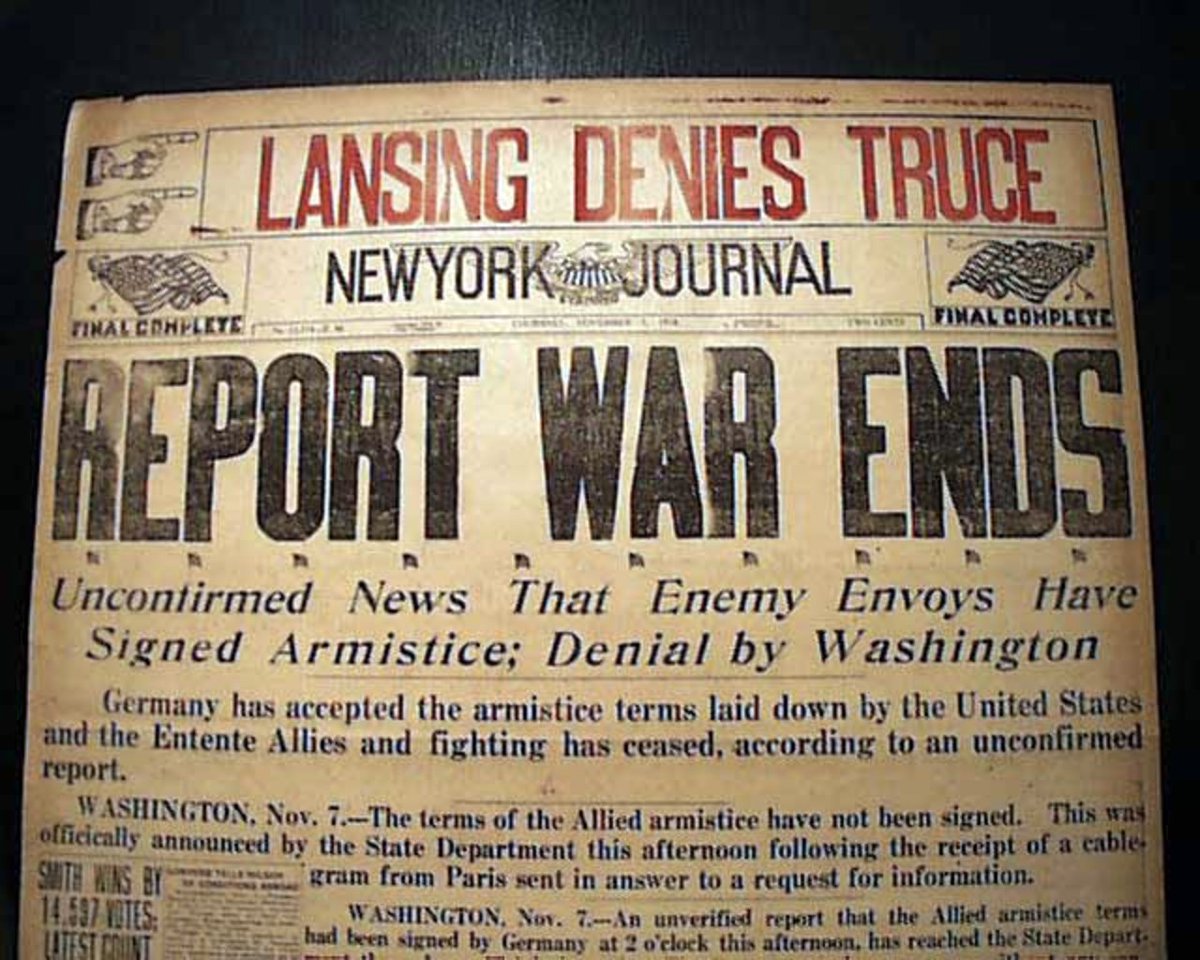
4 of 12:
Celebrations erupt quickly in NYC.
A blizzard of ticker tape, newspapers and shredded telephone books are tossed from skyscrapers and flutter down onto the weeping and cheering crowds who link arms and dance in the streets.
The mayor declares a public holiday.
Celebrations erupt quickly in NYC.
A blizzard of ticker tape, newspapers and shredded telephone books are tossed from skyscrapers and flutter down onto the weeping and cheering crowds who link arms and dance in the streets.
The mayor declares a public holiday.

5 of 12:
From NYC, word spreads to East Coast cities. In Philadelphia, the mayor rings the Liberty Bell with a small hammer.
Late afternoon: throughout the West Coast Americans hear the news. They begin dancing, crying, partying.
Our boys are coming home.

From NYC, word spreads to East Coast cities. In Philadelphia, the mayor rings the Liberty Bell with a small hammer.
Late afternoon: throughout the West Coast Americans hear the news. They begin dancing, crying, partying.
Our boys are coming home.
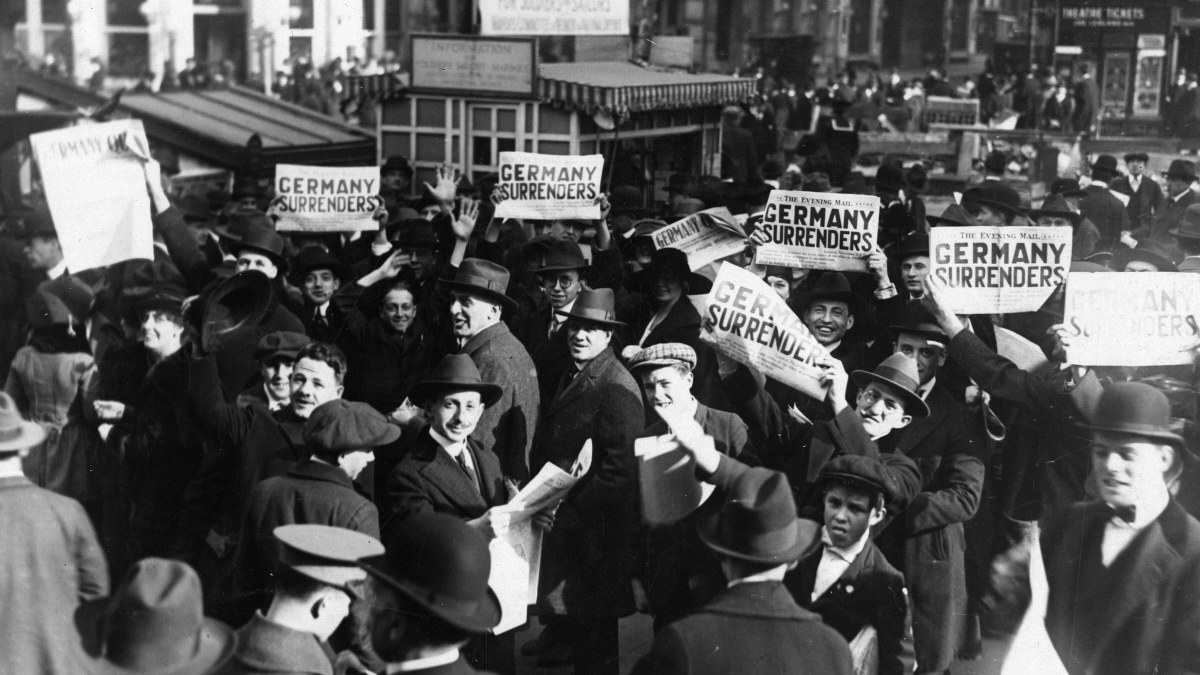

6 of 12:
Pushed through newspapers and radio, the message travels to Mexico, then Cuba, then Argentina.
It crosses the northern border into Canada. The free world begins to come to grips with a civilization at peace.

Pushed through newspapers and radio, the message travels to Mexico, then Cuba, then Argentina.
It crosses the northern border into Canada. The free world begins to come to grips with a civilization at peace.
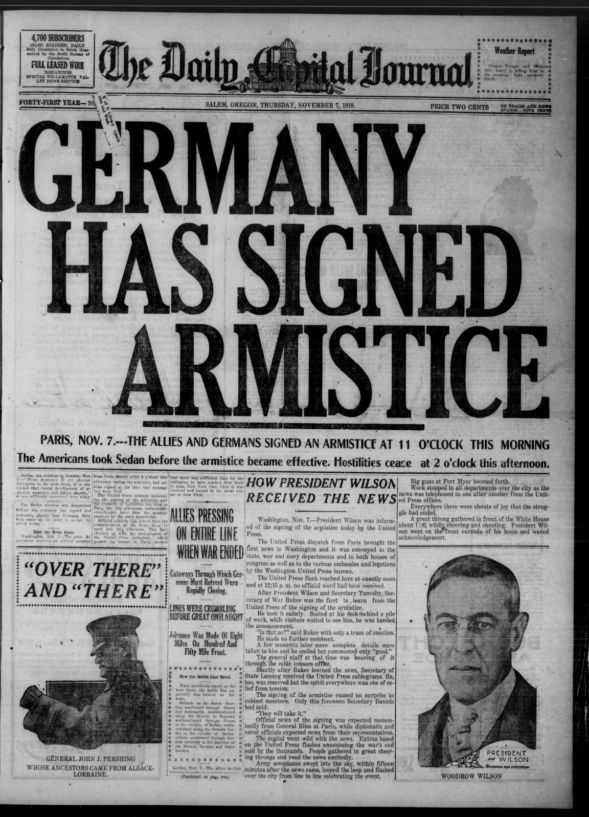
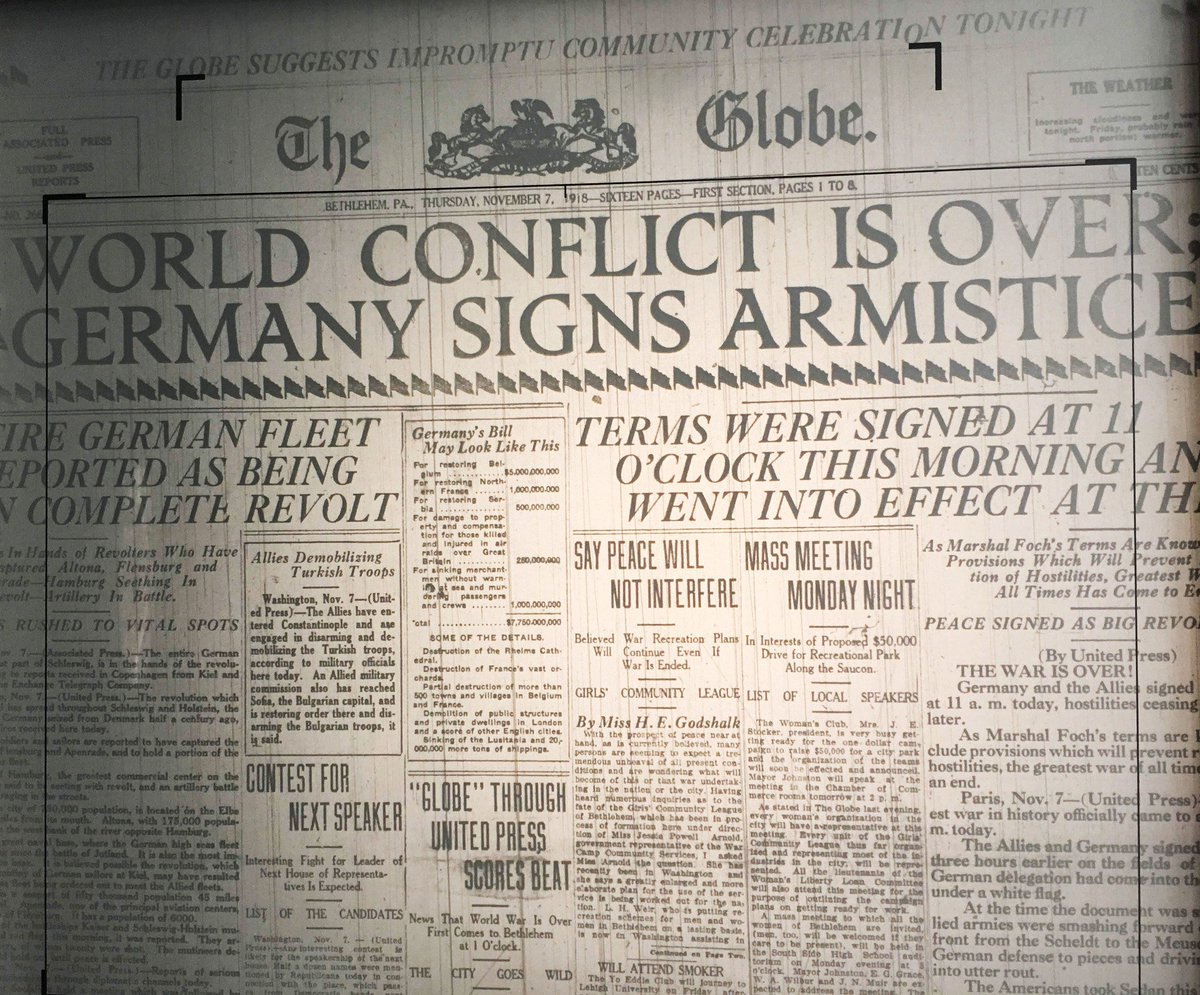
7 of 12:
But it wasn't true. No peace deal had been reached.
The war in France continued amidst the celebrations.
By 6PM Eastern: news agencies on the East coast began printing corrections.
But it wasn't true. No peace deal had been reached.
The war in France continued amidst the celebrations.
By 6PM Eastern: news agencies on the East coast began printing corrections.
8 of 12:
Late evening: Secretary of State Robert Lansing issued this statement: “Reports that the armistice with Germany has been signed is untrue.”
Late evening: Secretary of State Robert Lansing issued this statement: “Reports that the armistice with Germany has been signed is untrue.”
9 of 12:
Some refused to believe Lansing.
Many American were furious, believing they were the subject of a cruel hoax.
The next morning, reports of new American casualties was particularly tough for many people who just the day prior thought the war over.
Some refused to believe Lansing.
Many American were furious, believing they were the subject of a cruel hoax.
The next morning, reports of new American casualties was particularly tough for many people who just the day prior thought the war over.

10 of 12:
So, what happened? How did the whole country get this so wrong?
An American officer misinterpreted a message in Morse code from German Supreme Command Headquarters in Spa (occupied Belgium) to Supreme Allied Commander Marshal Foch’s HQ in Senlis (north of Paris).
So, what happened? How did the whole country get this so wrong?
An American officer misinterpreted a message in Morse code from German Supreme Command Headquarters in Spa (occupied Belgium) to Supreme Allied Commander Marshal Foch’s HQ in Senlis (north of Paris).
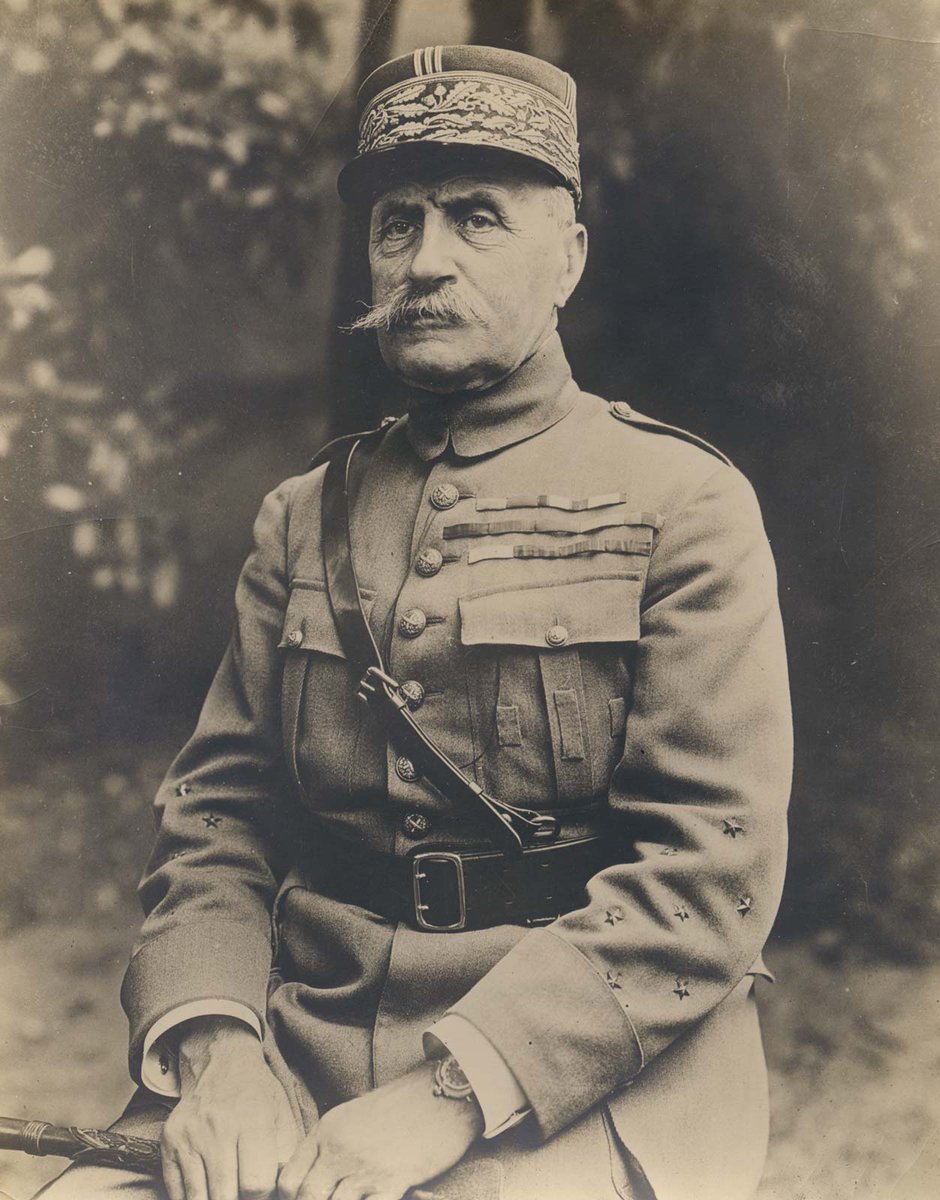
11 of 12:
The message requested a temporary ceasefire [limited to a specific local area] to allow the German armistice delegation [on its way from Berlin, via Spa] to meet Foch to receive the Allies’ armistice terms.
This was not a theater-wide armistice.
The message requested a temporary ceasefire [limited to a specific local area] to allow the German armistice delegation [on its way from Berlin, via Spa] to meet Foch to receive the Allies’ armistice terms.
This was not a theater-wide armistice.
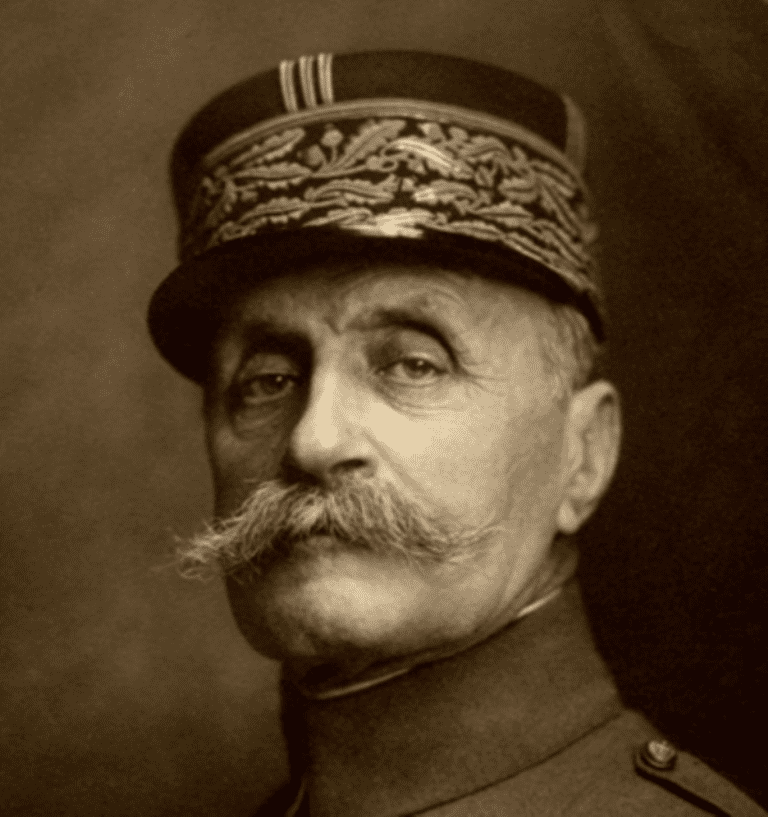
FINAL:
Some “American officer” [that’s how the person is identified in the report] intercepted and misinterpreted this message….and then sent his misinterpretation to the US Embassy.
Not sure what happened to that officer, but the war did end 4 days later.
Some “American officer” [that’s how the person is identified in the report] intercepted and misinterpreted this message….and then sent his misinterpretation to the US Embassy.
Not sure what happened to that officer, but the war did end 4 days later.
• • •
Missing some Tweet in this thread? You can try to
force a refresh


